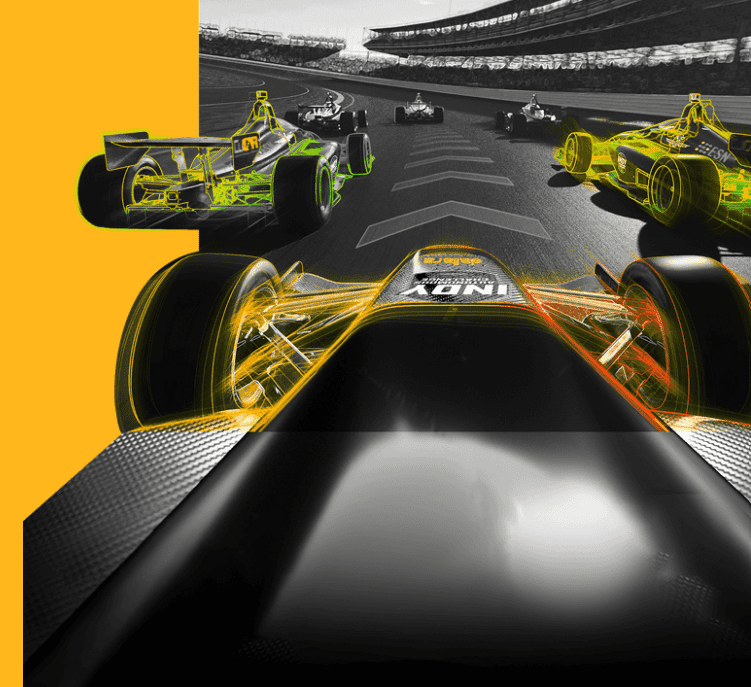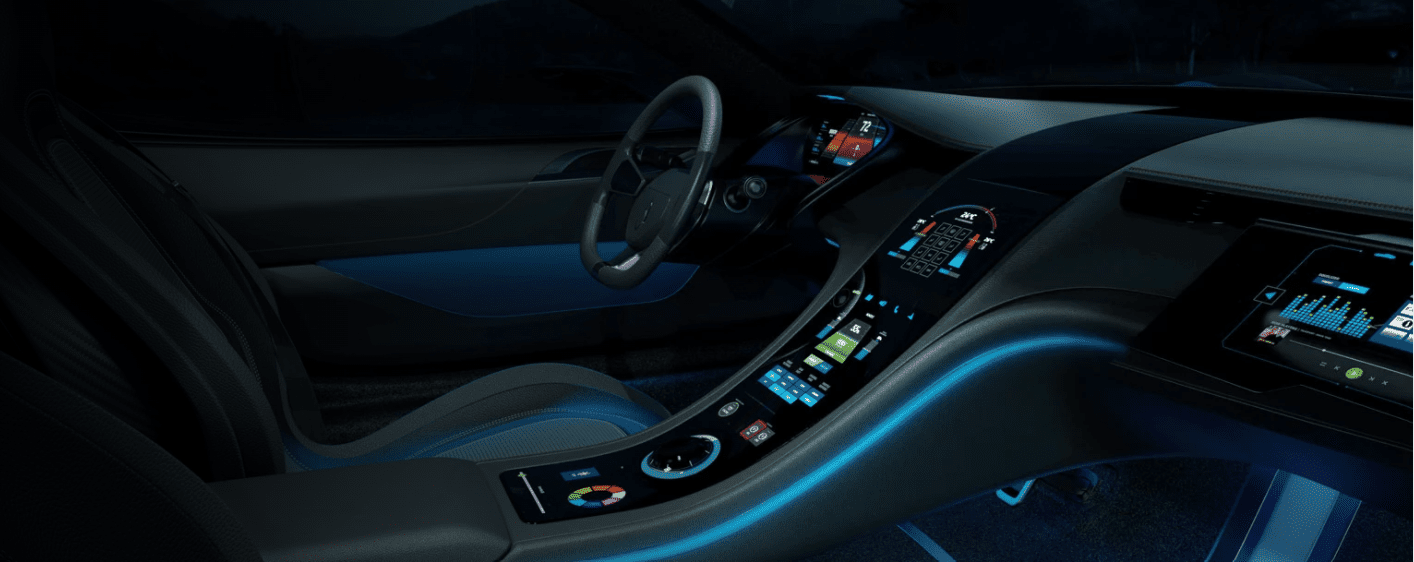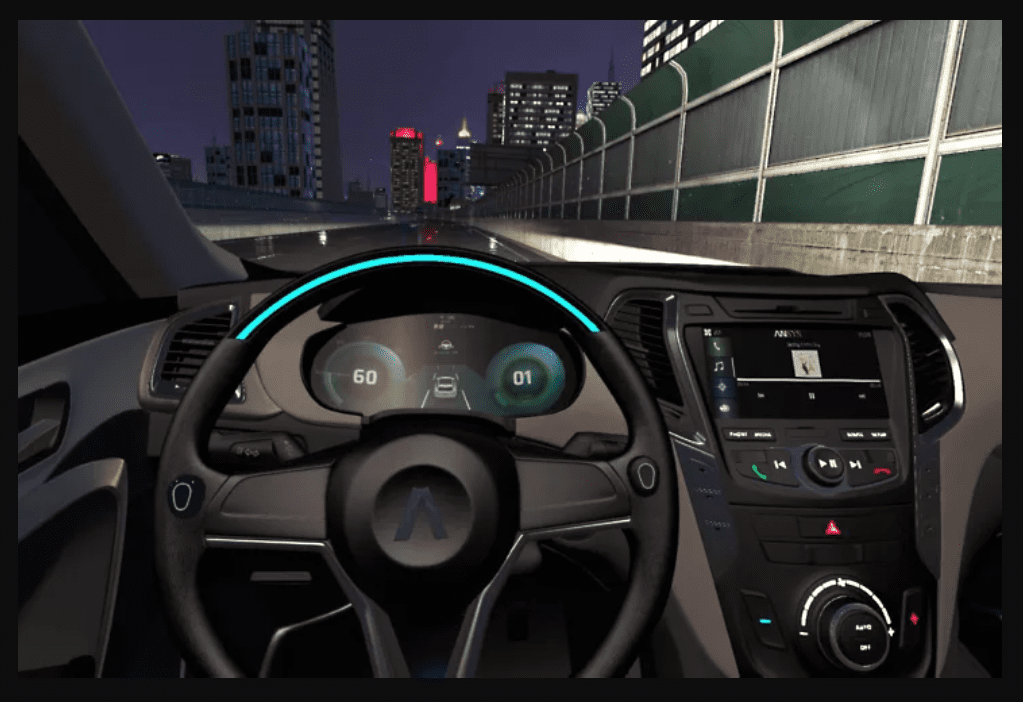Utilisez la simulation prédictive pour générer des rendus très précis
- Investigate and verify your specific product design in context.
- Perceived Quality can instantly compare multiple design objectives for materials and lighting.
- The technique enables engineers to validate choices against design specs and select lighting and material combinations in practical, real-life conditions.
Experience True-to-Life Visuals


Determine Optimal Interior Light Conditions Early in the Design Process
Create a virtual prototype from a 3D format and easily prepare a virtual model, helping you make choices early in the design process, in real-time optical simulation.
Perhaps most importantly, Perceived Quality allow you to detect problem areas in your interior lighting design before you physically prototype.
With the live preview of Ansys VRXPERIENCE Perceived Quality immersive virtual reality visualizations, bring in physics-based lighting conditions to explore how your lighting and material choices will look in reality.
By confirming (via computational analysis) that lighting, materials and finish combinations are pleasing to the eye, engineers can deliver the highest possible perceived quality without increasing cost.


Elevate Final Product Quality with True-to-Life Visual Experience
- VRX Perceived Quality helps you create true-to-life virtual prototypes dedicated to real-time visualization and light simulation.
- It also exchanges data with Ansys Speos to easily generate virtual models.
- Merely export and import light and material components to and from the optical library or Speos (if applicable).
- VRX Perceived Quality interfaces with Speos lighting simulation, providing physics-based light simulation to engineering studio designers.
- Established on the physics of light, VRXPERIENCE Perceived Quality provides a “what you see is what you get” solution.
- The predictive simulations drive high-precision renderings generated by concise optical propagation capabilities which are certified against reality.
- The full-physics capabilities, GPU accelerated optical simulation, thanks to Nvidia Quadro RTX high memory amount, enables early analysis and validation of the lit aspect of complex optical elements.
- Engineers can deploy, and seamlessly navigate your Ansys VRX Perceived Quality visualizations in any VR system, in 3D, with guaranteed 1:1 scale, 1:1 color, and 1:1 luminance.
- Through this software, and proper application, you can be sure to detect any issue and make the optimal design decision based on a reliable virtual prototype.
- With Ansys VRXPERIENCE Perceived Quality, you can perform real-time simulations of complex light sources (such as light guides), that can be used for VR reviews.
- Utilizing timelines, users can create interior lighting scenarios such as blinking, fading, welcome, parking, and so on.
- You can then experience them as the final customer will by interacting naturally with your virtual prototype HMI.
- Moreover, you can compute full physics 360 stereoscopic VR simulations of your interior lighting to ensure the right level of perceived quality for the final customer, avoiding light leakage while ensuring lighting uniformity.
- 360 VR preserves light interactivity, so you can create and validate compelling lighting scenarios.
Introduction to Ray Tracing: a Transparent Method for Creating 3D Images
The core advantage of ray-tracing is that, by stretching the idea of ray propagation, engineers can very easily simulate effects like reflection and refraction, both of which are useful in simulating glass materials or mirror surfaces.
Amongst the various models available to VRX Perceived Quality users, one core process includes the shooting rays to incorporate computations for both reflection and refraction.
In addition, Perceived Quality automatically takes into account color harmony, fading and blinking speed, and intensity while avoiding disturbing reflections during night driving.
Through these progressive presets, engineers can explore, create and validate a compelling interior lighting scenario with full physics simulation in tandem with dynamic lighting.
- By joining materials and lighting systems seamlessly within your virtual product prototype, users can investigate and discover a mixture of colors and texture configurations to build and experience compelling lighting choreographies and dimming conversions.
- This unique capability can highlight factors like an unpleasant windshield glare due to a material choice on the interior.
- In addition, this virtual prototype lets you measure and validate the product within the true context of its operating environment to gain a 360-degree circumferential, and then simulate realistic conditions, be it sunlight or the artificial light of a showroom or designated setting.

